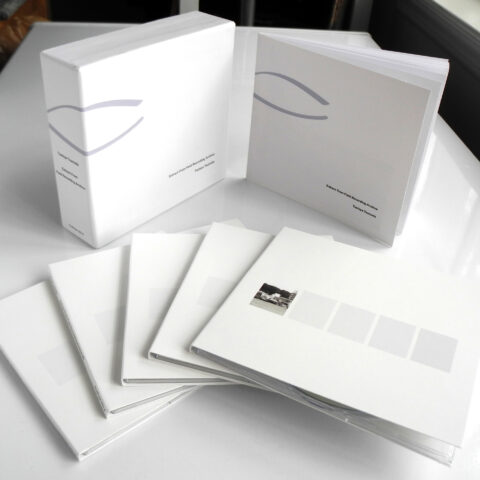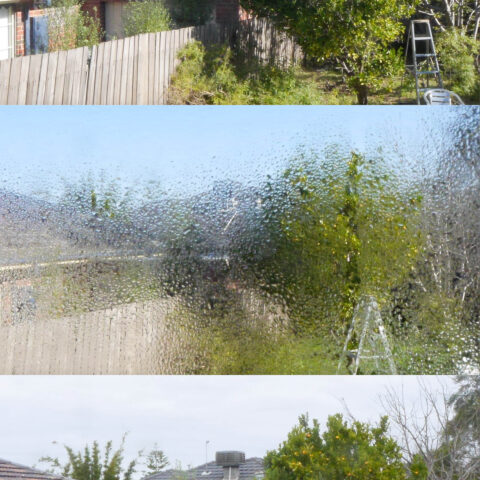Interesting reflection by sound artist John Kannenberg around sound maps and its current possibilities, challenges and meaning.
“Sound maps are boring. Why? I would argue it’s because they’ve become stuck in a rut that began when the idea of ‘sound map’ became synonymous with online, Google API-based or other forms of point-and-click, CD-ROM era interface design. If we want sound maps to become less boring, this needs to stop. But how do we as sound artists (or would-be ‘sound cartographers’) break free of the point-and-click model?
In an attempt to answer this question, I’ll need to first briefly explore what cartography is as a practice, limiting this to a discussion of strictly locative maps for brevity’s sake. I’ll then need to surmise what the possible motivations behind the creation of sound maps might be.
According to Wikipedia’s sloppy, highly opinionated, but almost kind of accurate entry, we are led to believe that sound maps are currently ‘digital geographical maps that put emphasis on the sonic representation of a specific location.’ However, if we look at the history of the term, the first sound maps were not, in fact, digital, and neither were they interactive; so the next discussion below will cover the origin of sound mapping as a practice.
Fast-forwarding to the 21st Century, I’ll finally discuss why I believe the current state of sound mapping is facing a dead end, and propose a simple solution for addressing some of the inherent problems I see within current sound maps.“





